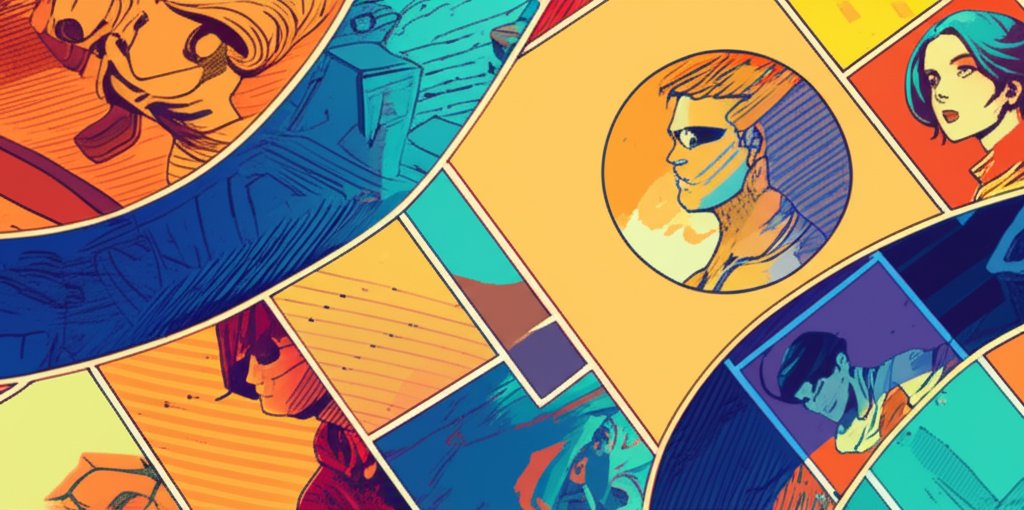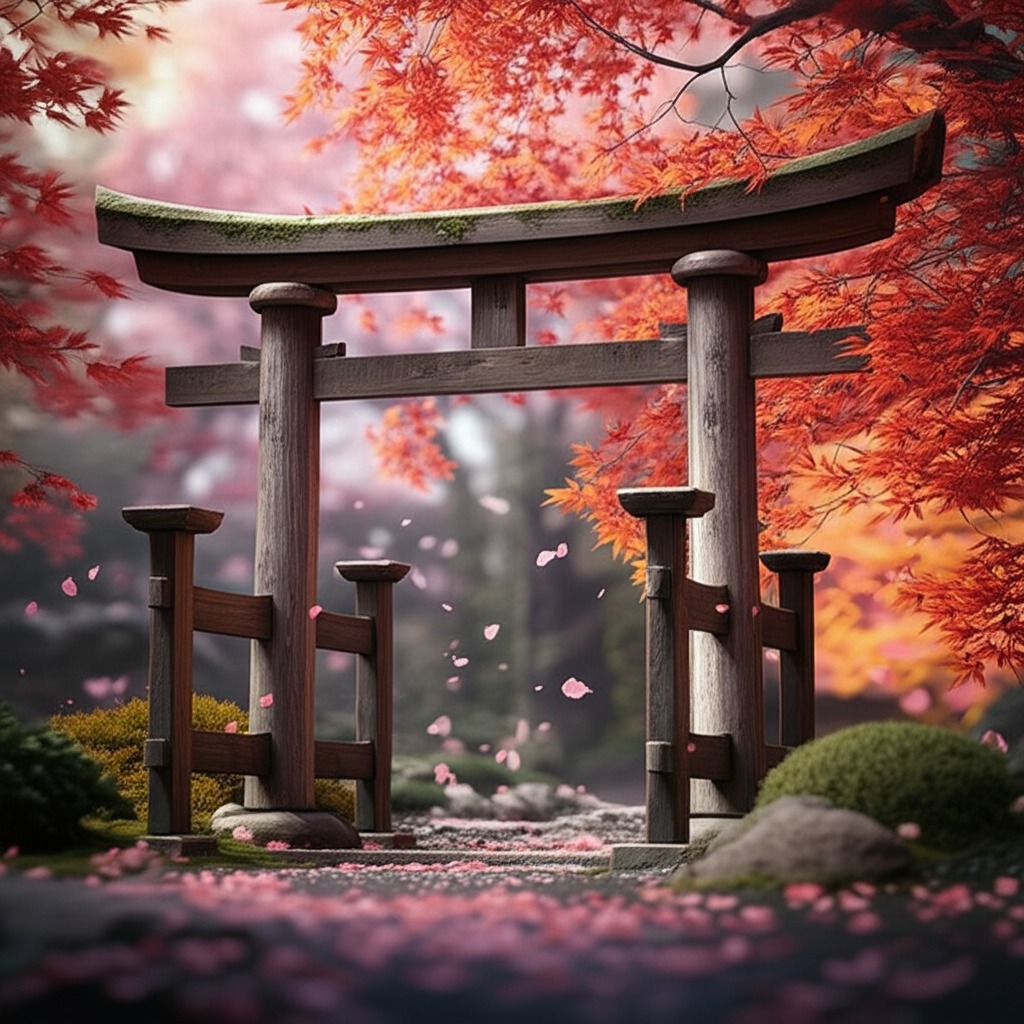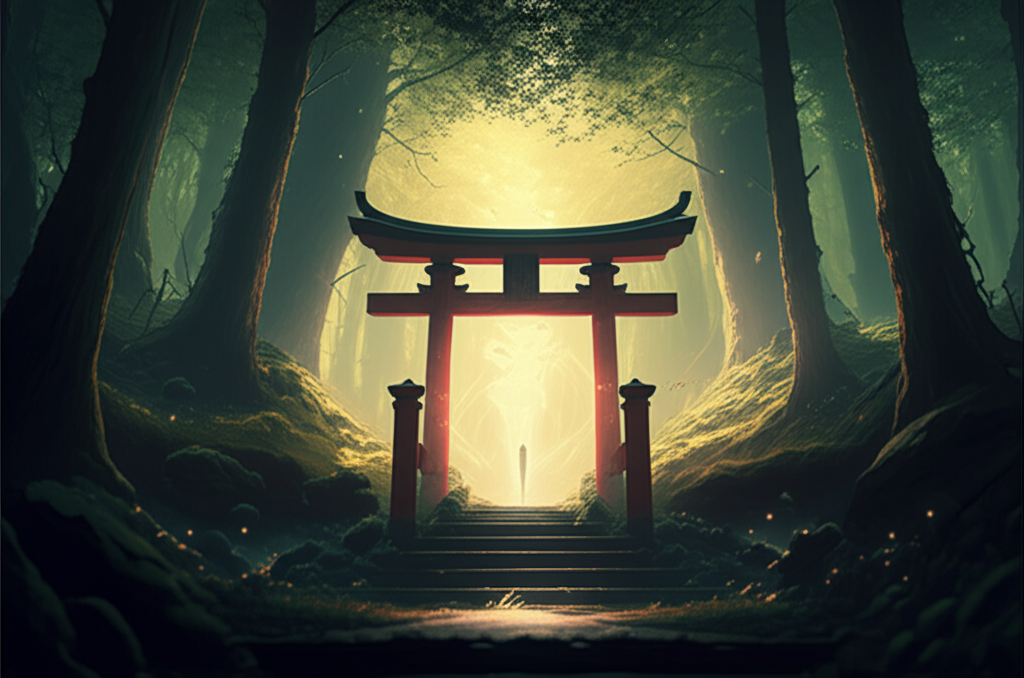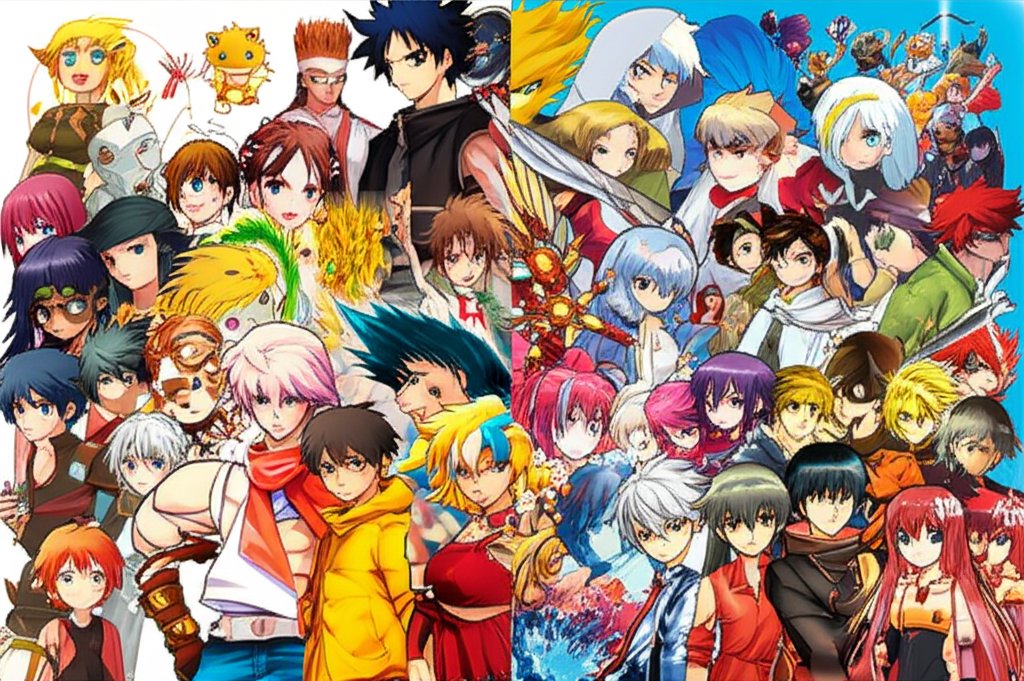We’ve all been there, haven’t we? You’ve just devoured the final chapter of an incredible manga series, your heart is full, but your reading list is suddenly… empty. The post-series blues are real, and the vast, vibrant world of manga can feel incredibly overwhelming when you’re searching for your next obsession. So, how do you cut through the noise and discover new manga that truly resonates with you?
That’s precisely what we’re tackling today! This isn’t just another list of popular titles; it’s a comprehensive guide designed to equip you with the methods, resources, and strategies you’ll need to become your own personal manga discovery expert. Whether you’re a seasoned enthusiast or a curious newcomer, we’ll help you navigate the endless journey of finding your next favorite manga series, from hidden gems to critically acclaimed masterpieces. Ready? Let’s dive in!
Your Ultimate Guide to Discovering Your Next Favorite Manga Series
Understanding Your Manga Palate: The Foundation of Discovery
Before you even open a single recommendation site, the absolute most effective first step in your manga discovery journey is to understand what truly makes you tick. What kind of stories do you genuinely love? This crucial self-reflection will dramatically narrow down your search for the best manga series tailored just for you. Grab a mental notepad, because it’s time to dig deep!
Identifying Your Preferred Genres & Subgenres
You probably know if you lean towards Shonen, Shojo, Seinen, or Josei. But let’s go deeper, shall we? Manga thrives on incredibly specific subgenres and themes that can make all the difference. Think about it: do you consistently find yourself drawn to:
- Fantasy manga: Epic quests, intricate magic systems, mythical creatures, or perhaps urban fantasy?
- Sci-fi manga: Dystopian futures, thrilling space operas, cyberpunk mysteries, or post-apocalyptic survival?
- Romance manga: From heartwarming fluff to intense drama, enemies-to-lovers to childhood friends, or perhaps slow-burn office romances?
- Horror manga: Psychological terror, unsettling body horror, supernatural spooks, or creature features?
- Slice-of-life manga: Gentle narratives, charming character-driven stories, the beauty of everyday moments, or maybe school-life comedies?
- Mystery manga: Twisty plots, clever deductions, thrilling whodunits, or dark, gritty crime sagas?
- Isekai manga: Reincarnation, parallel worlds, video game settings, or perhaps villainess tropes?
Beyond these broad categories, what specific themes truly resonate with you? Are you a sucker for redemption arcs, found families, intense psychological battles, heartwarming comedies, or adrenaline-pumping adventures? And let’s not forget tropes! What tropes do you absolutely adore (or perhaps secretly despise)? Understanding these nuances is absolutely crucial for refined manga recommendations and making your manga discovery process a breeze.
Analyzing Art Styles and Storytelling Preferences
Beyond just genres, the aesthetics and narrative approach play a colossal role in whether a manga clicks with you. We all have visual preferences, don’t we? Think about it:
- Do you prefer intricate, highly detailed art that immerses you in every panel, or the expressive simplicity of a more minimalist style that leaves room for imagination?
- Are you drawn to dark, gritty tones and shadow work, or bright, vibrant visuals that pop off the page?
And what about pacing? Do you crave fast-paced action that keeps you on the edge of your seat, or do you prefer a slow-burn character development that explores every nuance and emotion? Finally, consider character archetypes: are you drawn to the stoic hero, the bubbly protagonist, the morally grey anti-hero, or perhaps the eccentric genius? These deep-seated preferences form the bedrock of your personal manga guide, empowering you to articulate exactly what you’re looking for before you even begin your search.
Leveraging Online Resources: Your Digital Toolkit for Manga Discovery
Once you’ve got a solid grasp on your unique manga palate, it’s time to unleash the power of the internet! The digital world is an absolute treasure trove for finding new manga, but knowing where to look and how to use these tools effectively is key to efficient manga discovery.
Dedicated Manga Databases & Listing Sites
These platforms are often our first stop, and for good reason. They’re indispensable for tracking, reviewing, and, most importantly, discovering new series:
- MyAnimeList (MAL) & AniList: These are incredibly powerful platforms, but don’t just browse their popular lists! Dig deeper. Use their advanced search filters to combine genres, themes, demographics, publication status, and even rating thresholds. Explore the “Recommendations” section on specific manga pages to find titles similar to ones you already love. Dive into user reviews for honest opinions and discussions.
- MangaUpdates: A less visually flashy but highly comprehensive database. Its strength lies in its meticulous cataloging of genres, authors, artists, and scanlation groups. Perfect for when you know a specific creator or a very niche tag you’re looking for.
By leveraging the detailed filtering and community insights on these sites, you can quickly narrow down the seemingly endless options to a curated list that perfectly matches your refined preferences. It’s like having a personal librarian for the manga universe!





